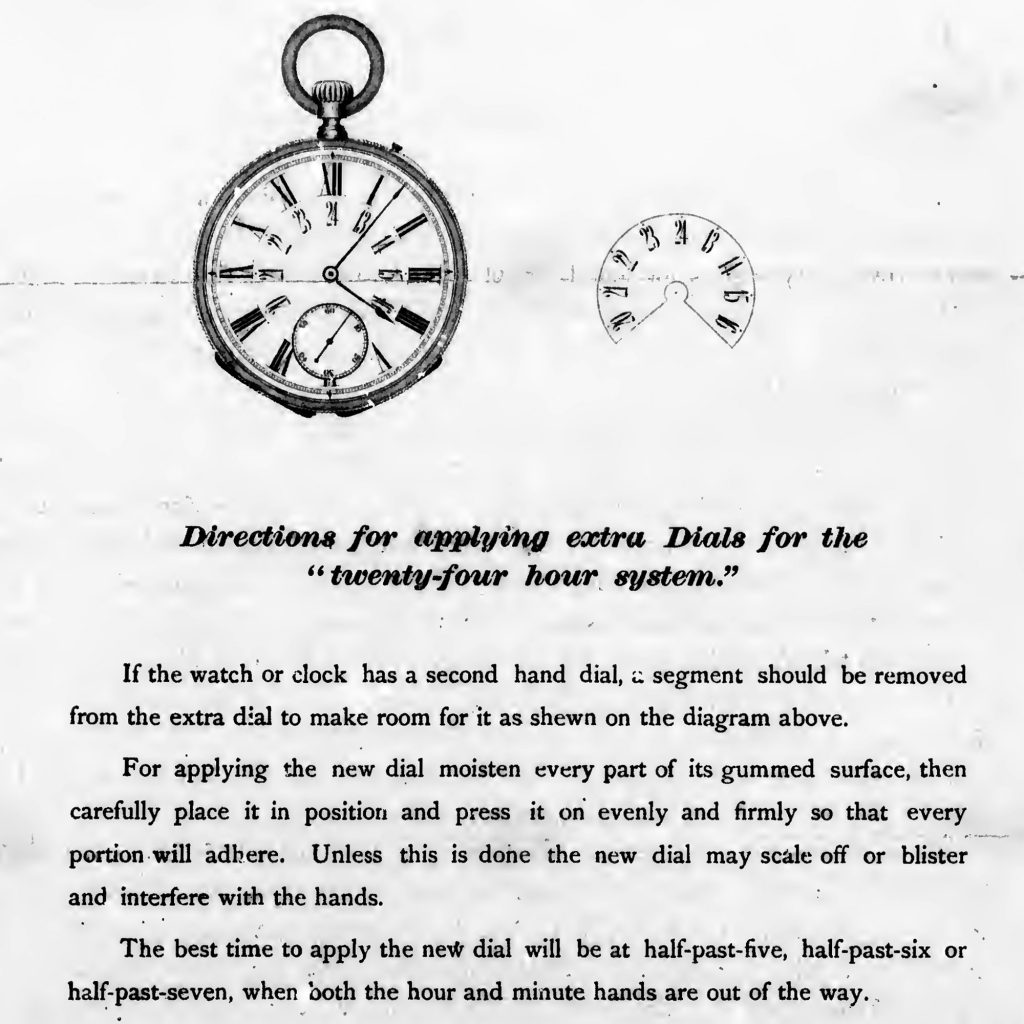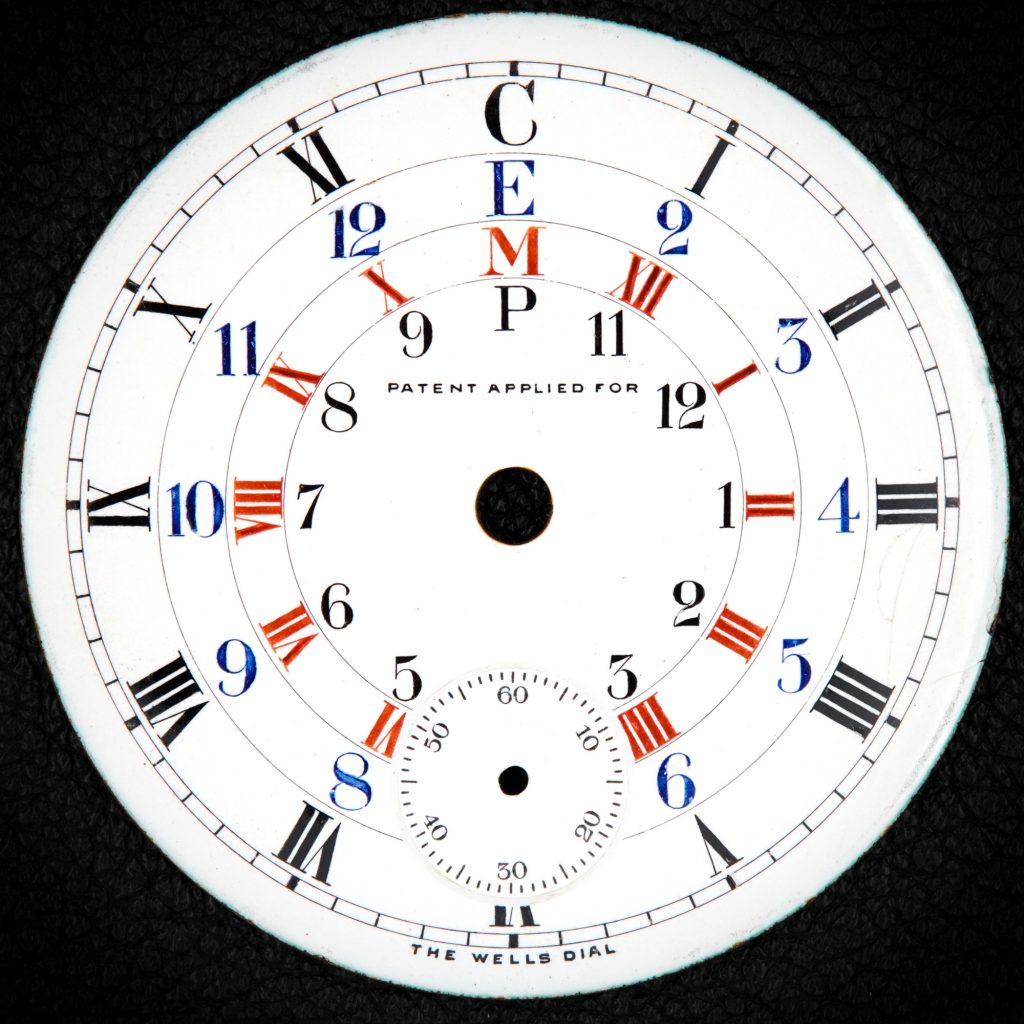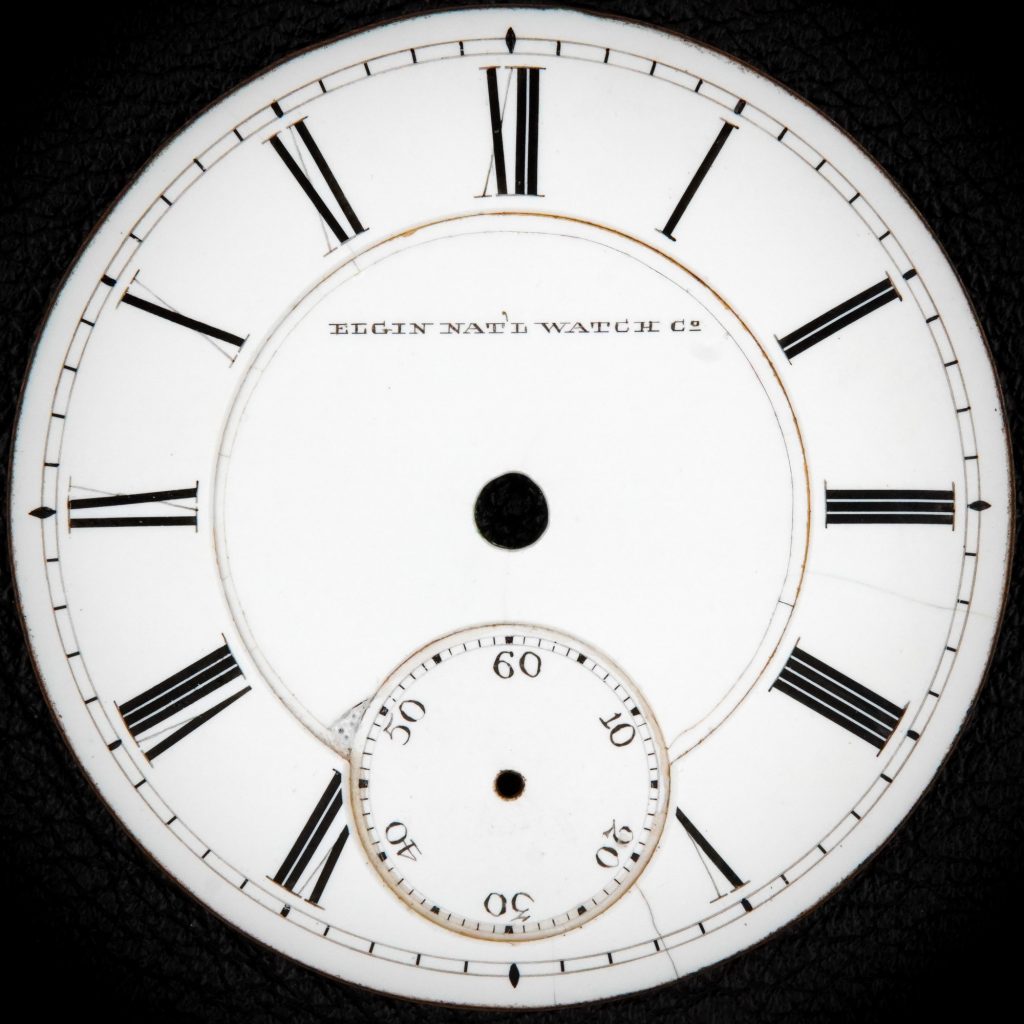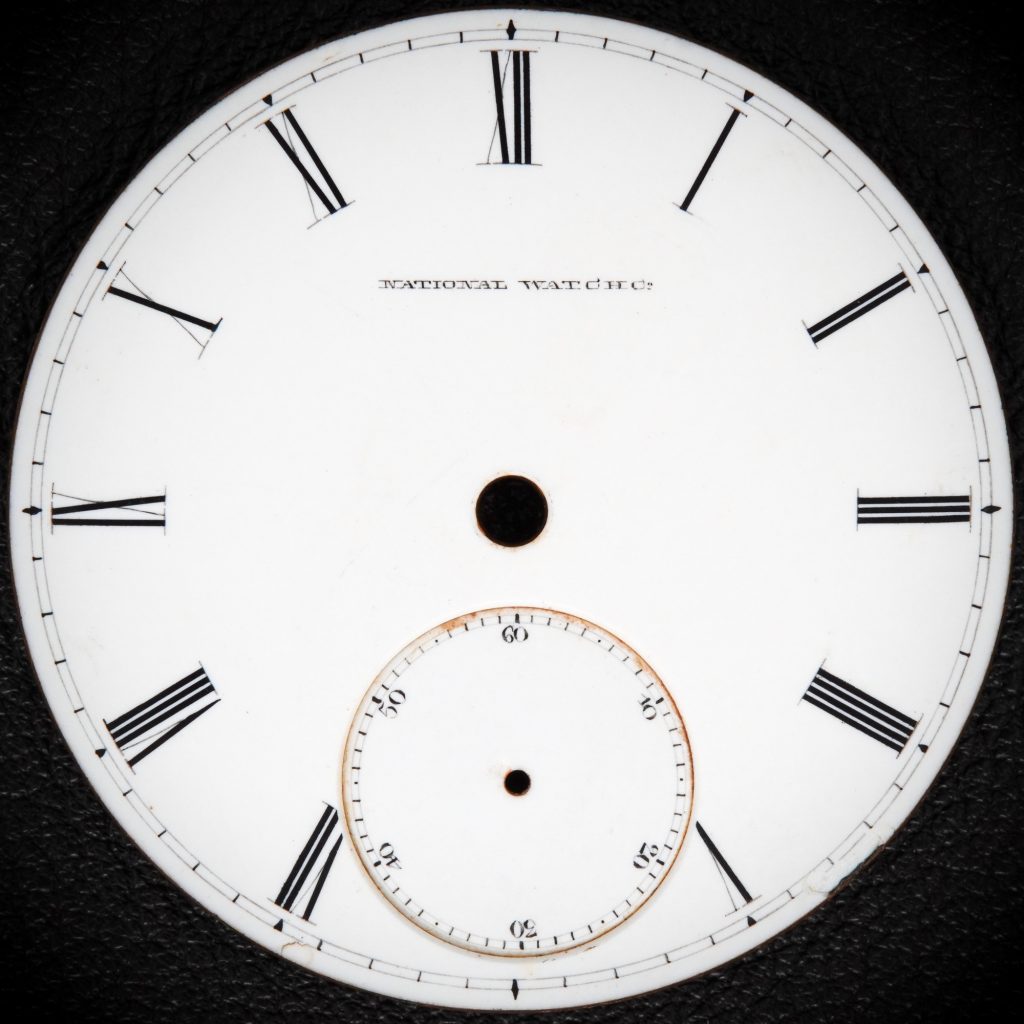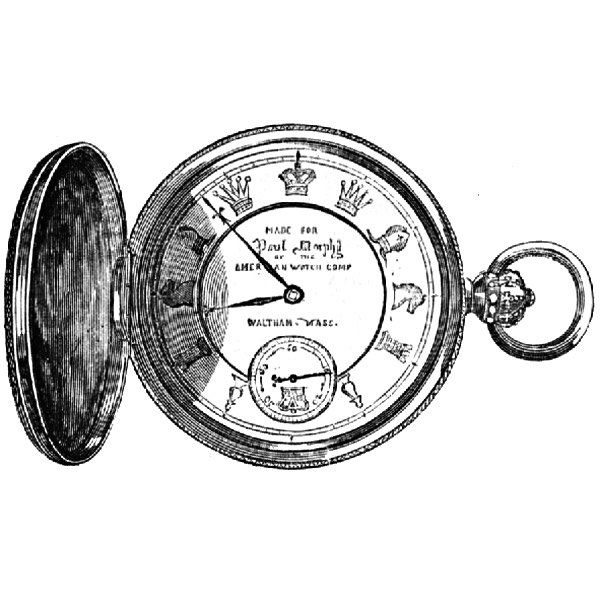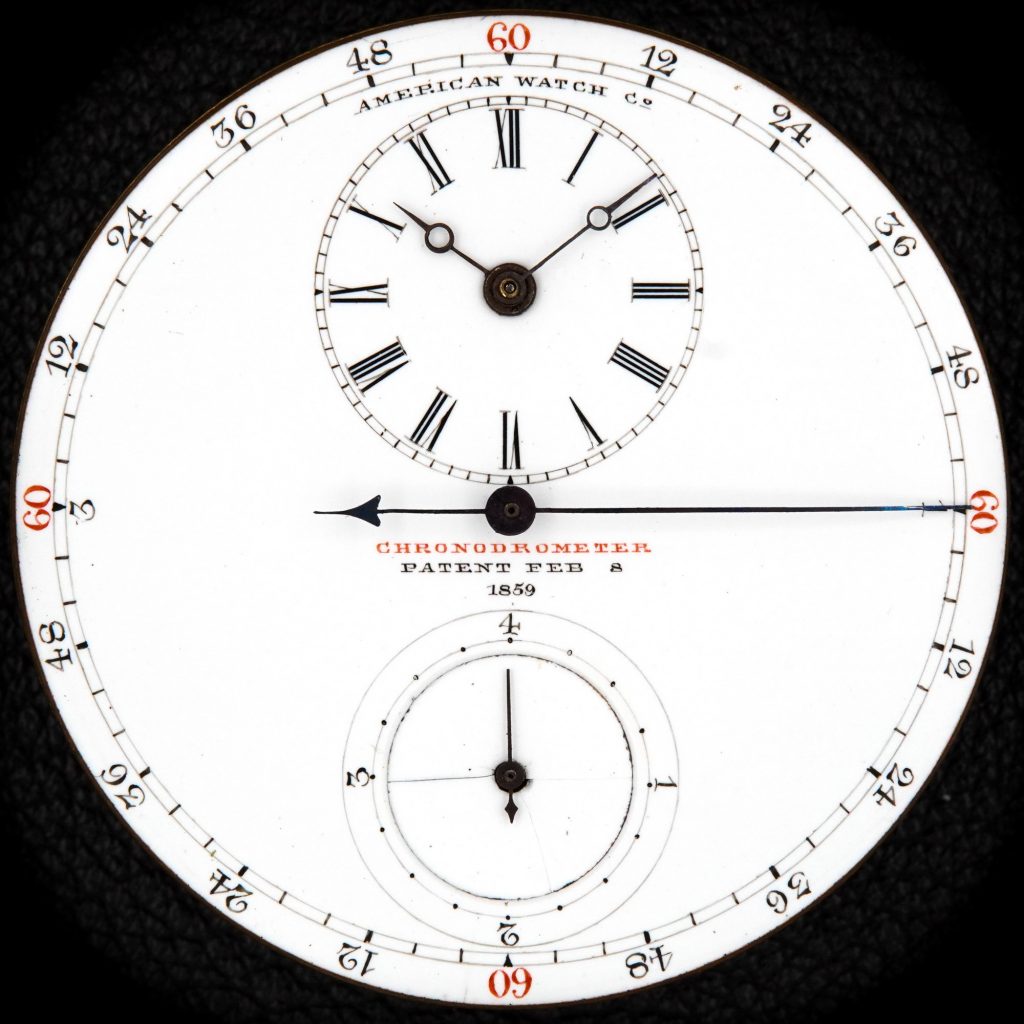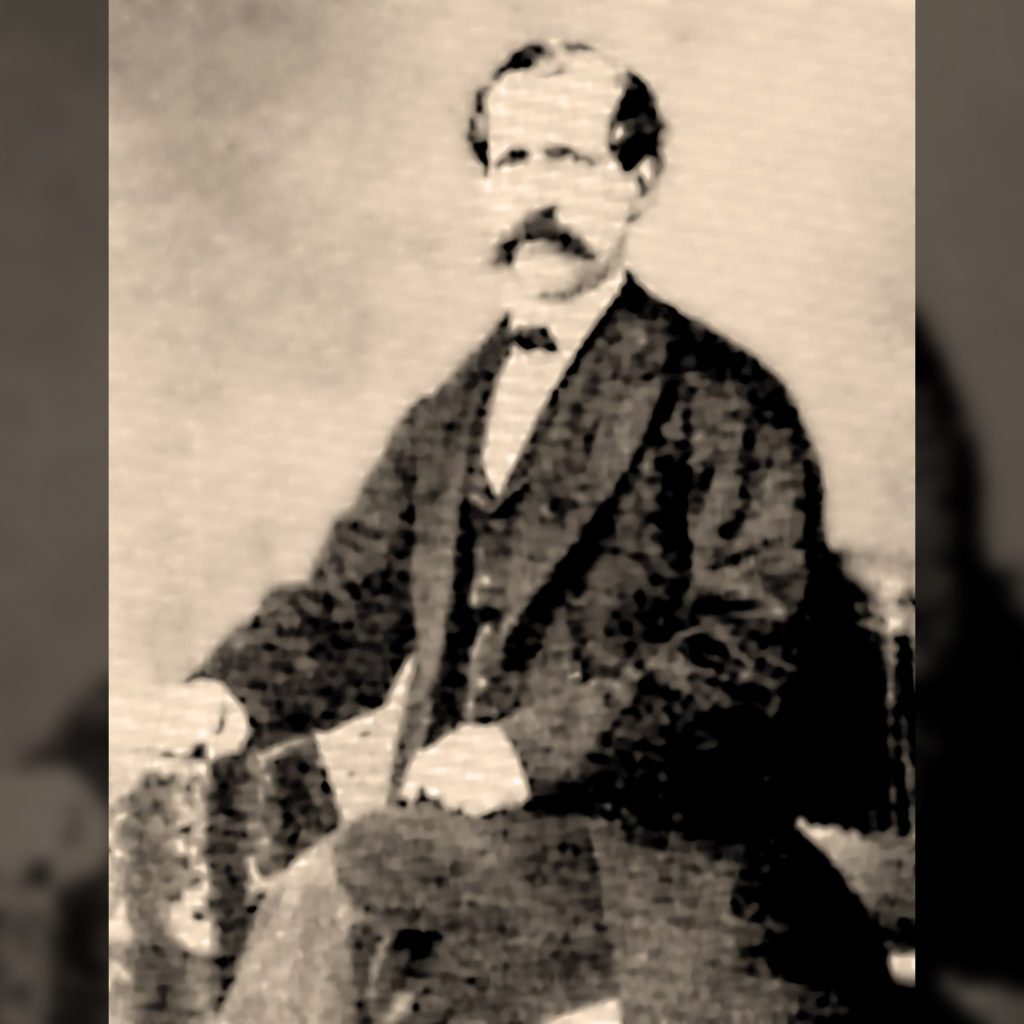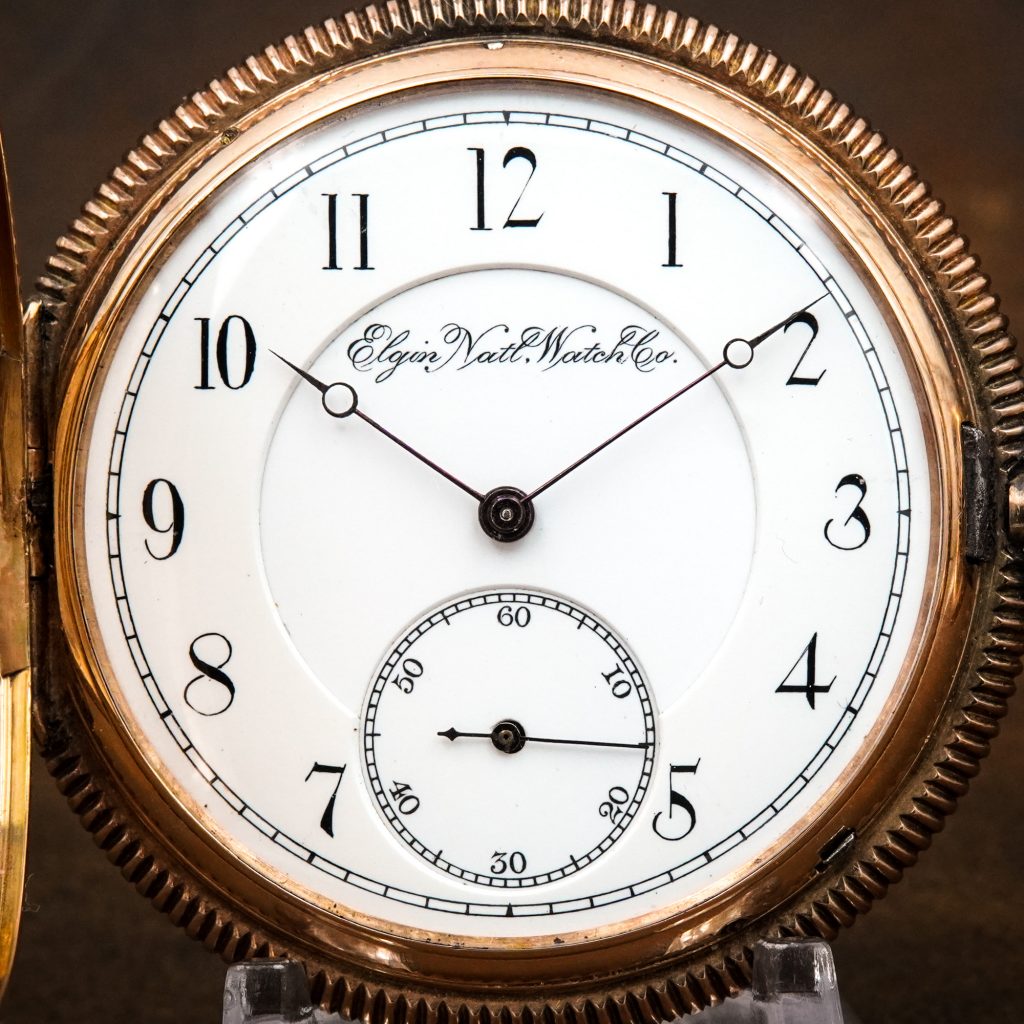
Author: Nathan Moore

In June 1886, the Canadian Pacific Railway Company established new requirements for dials, specifying that the figures 13 to 24 must accompany the conventional hour indicators, aligning with the newly-adopted.
Pictured: “The Wells Dial” c.1900 One particularly interesting design proposed in response to the standard time adopted by the railroad industry is “The Wells Dial.” This unique dial exhibits one.
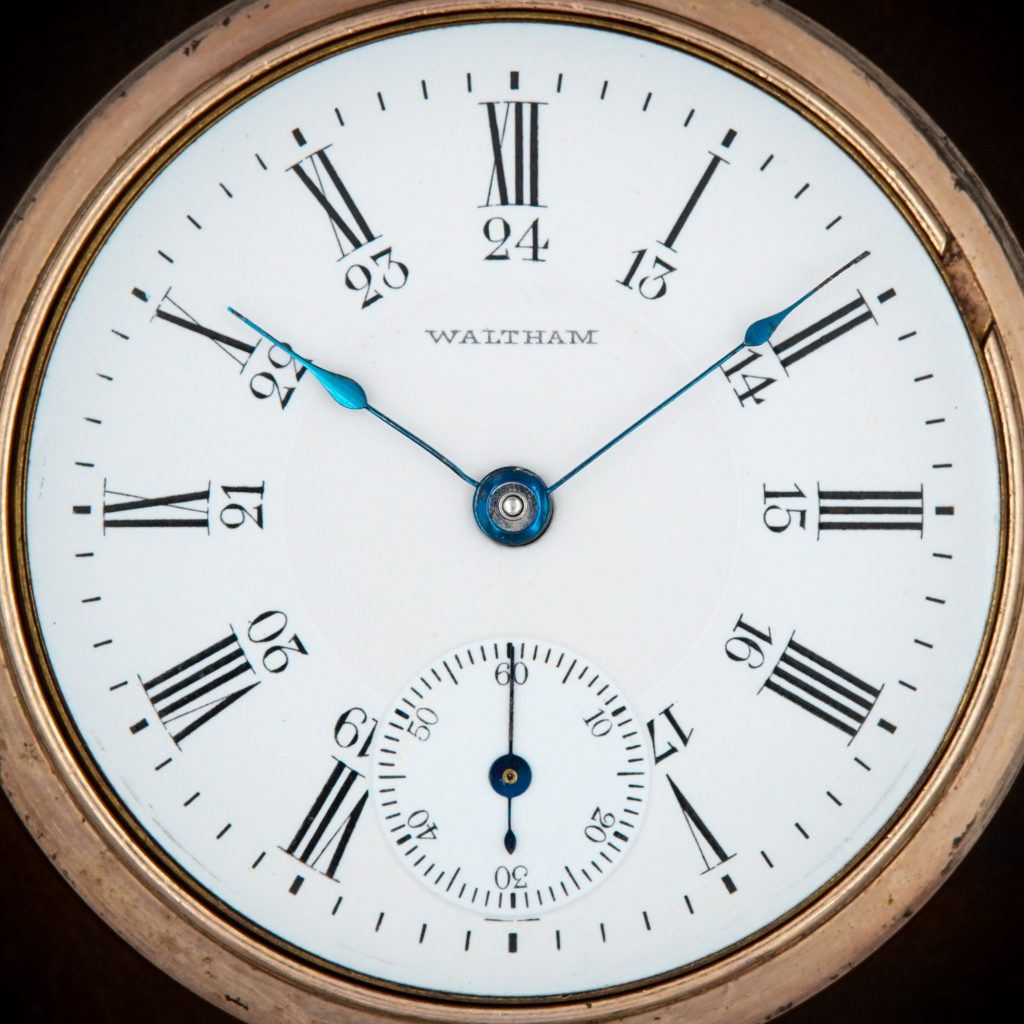
Pictured: Early Double-Sunk “Elgin Nat’l Watch Co.” Dial, c.1874 Early double-sunk dials produced at the Elgin factory are frequently marred by a mysterious circular crack around the inner perimeter of.
Pictured: Early “National Watch Co.” Dial Produced by John Webb’s Department The dial-making expertise exhibited by John Webb at the American Watch Company earned him quite the reputation. Around 1866,.
Paul Morphy Watch Dial by John Webb, Dial Painter at the American Watch Company. Reprinted with Permission from the National Watch & Clock Museum. Paul Morphy is considered to be.
In addition to his expertise in dial making, John Webb was also a master dial painter. One of the early projects assigned to Webb at the American Watch Company in.

